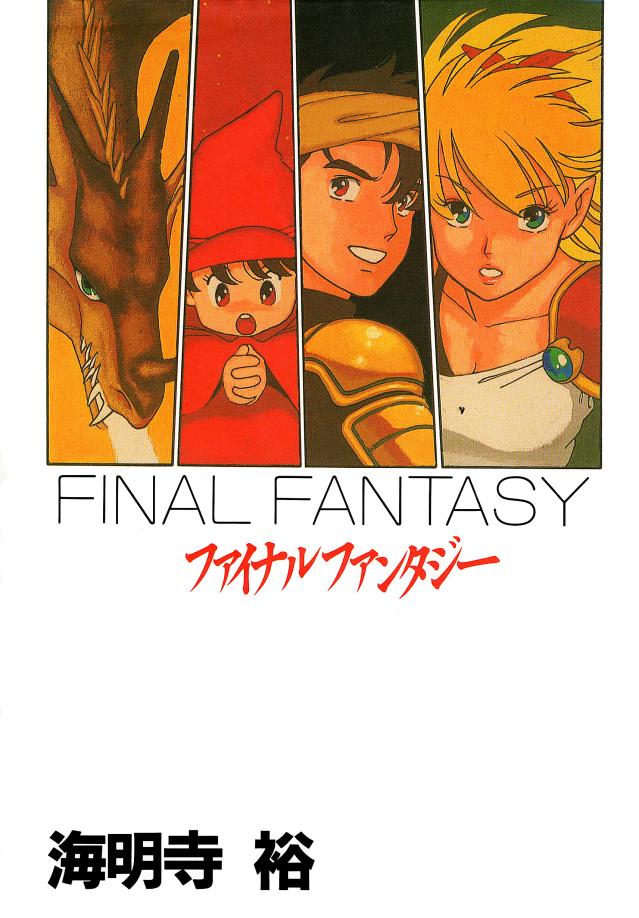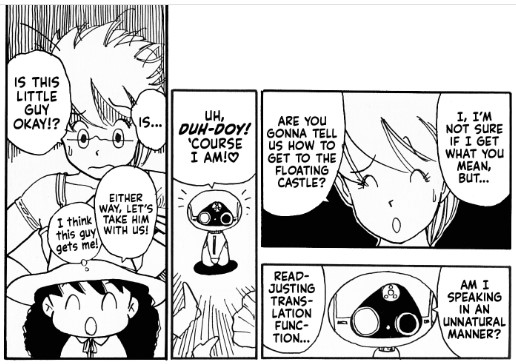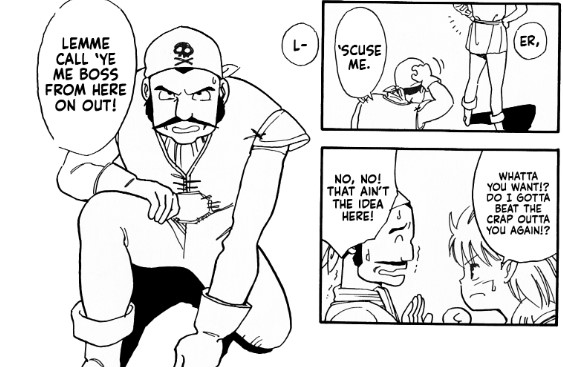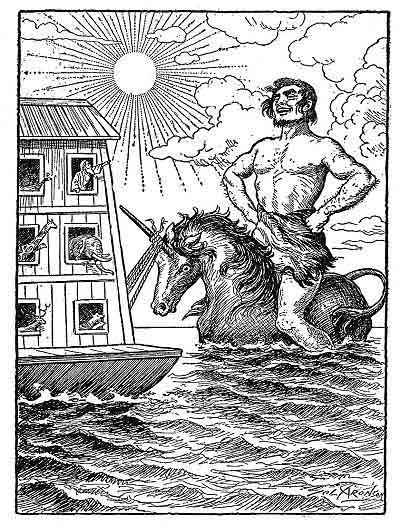
Thistlefoot, by GennaRose Nethercott – This is a retelling of the Baba Yaga legend specifically linking it to the pogroms against Russian Jews. In New Orleans in the present, the witch’s descendants, a shapeshifting street performer and a woodworker who can make things come to life, inherit her house on chicken feet. I quite liked the reworking of the mythical crone into a Russian Jewish context, and the associated lore; but for some reason I just wasn’t as interested in the main characters as in the flashbacks to the original Baba Yaga.

Dreambound, by Dan Frey – I really enjoyed this one. It’s written as a series of notes, emails, transcripts, and excerpts, telling the experiences of an investigative journalist named Byron in trying to locate his missing daughter Liza. One of the few leads he has is that Liza is a big fan of a popular fantasy series called Fairy Tale, of which we only see a few relevant passages, but still get a pretty good idea of the main characters and concepts. There are also some stories from a book that’s said to have inspired Fairy Tale, a nineteenth-century collection of folk tales from different cultures by an English nobleman. She isn’t the first fan to disappear like that, either. Byron doesn’t seem to be an entirely reliable narrator. He’s an alcoholic, not above using underhanded methods like faking emails from the publisher in order to interview the author, rude to people who are helping him, and totally convinced he’s doing the right thing even when others disagree. It’s also suggested that he really didn’t pay enough attention to his now-lost daughter. It gets even worse when he has experiences that seem impossible. Eventually, he finds out that the world of the Fairy Tale books is real, and a figure called the Green Man is trying to cross over into our world to gain more power. He also discovers that the Hidden World parallels Los Angeles in its structure. I like how the book reveals a little at a time, and sometimes things from earlier on make more sense with later revelations.

Final Fantasy, by Kaimeiji Yuu – I have an interest in adaptations of video games in other media, but of course a lot of them are only available in Japanese, and I’m sure even some of those are out of print by now. So I was excited to find a fan translation of this 1989 manga. It’s a single volume, so it goes through the main beats of the FF1 story very quickly, but it also introduces some new concepts and develops some of the characters a bit more. It doesn’t take itself too seriously, and has a lot of gags. A few of them are based on mistakes the author made while playing the game, like healing someone who was already at full health, using a fire spell on Marilith, and mistaking an armory for an item shop. The main hero is the strangely-named Puffy Tolte, an elven warrior from an alternate world, who teams up with the disgraced monk Flitz Stewart and the witch Matoya, who takes a much more active role than just providing a potion to wake up a guy. A recurring theme here is that many minor characters journey with the heroes at least for a little while, including Princess Sarah, Bikke, the Dwarves Nerrick and Smyth, and Dr. Unne.

Bahamut permanently joins the party, and fights with a machine gun and rocket launcher in the Flying Fortress; and a cute Lufenian robot called DB-6 provides valuable information.

Towards the end, Bikke rallies people all around the world to help out, including some whose original appearances in the game were written out.

Is this a reference to Kandar/Robbin’ Hood in Dragon Quest III?
In order to speed things up, side quests are removed (Dr. Unne just happens to have a Levistone, with no need to visit the Ice Cavern), and Marilith and Kraken show up for aerial battles instead of being encountered in their lairs.

The airship being equipped with cannons and sometimes involved in battles is something that’s not in FF1 that we do see in later games, as is being able to attack a monster’s arms or heads separately from their bodies. I also found it interesting that Puffy is from a different world, as the Dawn of Souls version of FF1 has one of the Crescent Lake sages straight-up saying that the Light Warriors are from a world where time runs normally, when I’m pretty sure he didn’t say that on the NES. Puffy says she’s stronger in the world where the story takes place, so I guess it’s like the Pevensies in Narnia.

God’s Monsters: Vengeful Spirits, Deadly Angels, Hybrid Creatures, and Divine Hitmen of the Bible, by Esther J. Hamori – The book gives a thoughtful and often humorous overview of monsters appearing in the Bible, including angels, demons, evil spirits, giants, and sea creatures. Hamori talks about how the snakes that tortured the Hebrews in the desert are associated with Seraphim, and how the Nephilim were used as a form of xenophobia. And yes, Og of Bashan riding a unicorn behind Noah’s Ark is mentioned.

The chapter on demons makes the argument that some of them are left out of translations, interpreting certain words as just general ideas rather than personifications of them in demonic form. With sea monsters, there are references to how the Leviathan is initially presented as a foe for God, but the description in Job makes it sound like the creature is God’s favorite pet. A major theme is that most of these monsters are sent by God to torture and kill humans, which makes the portrayal of God in these parts of the Bible quite monstrous himself. Satan, for instance, is not an opponent of God in the Hebrew Bible, but an agent of his who tests mankind.

Under the Smokestrewn Sky, by A. Deborah Baker – The conclusion to the Up-and-Under series has Avery and Zib finally finding the Queen of Wands, who turns out to have been among them in disguise, reaching the Impossible City, and returning home. Each of these books deals with one of the classical elements, in this case fire. It does seem to end rather abruptly, but the whole thing is so whimsical and mystical in style that it kind of doesn’t matter a whole lot. I feel like it would have worked better as a single volume, as the individual books didn’t really stand on their own, and they became a little repetitive as the series went on. It’s interesting that the fictional author is a villainous character in the Alchemical Journeys books, and while I do think the series stands on its own, it’s even more interesting in its meta-fictional context.
